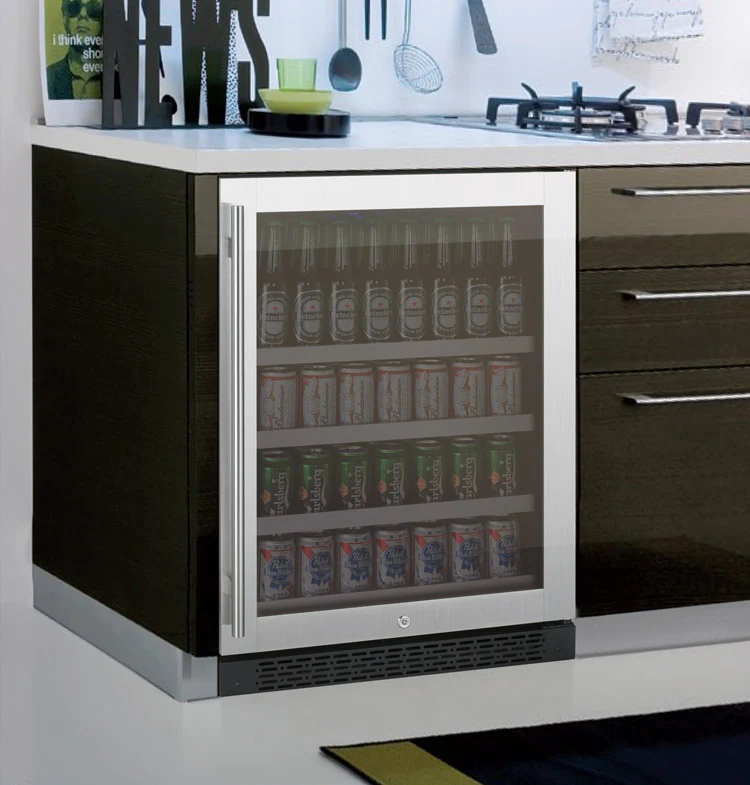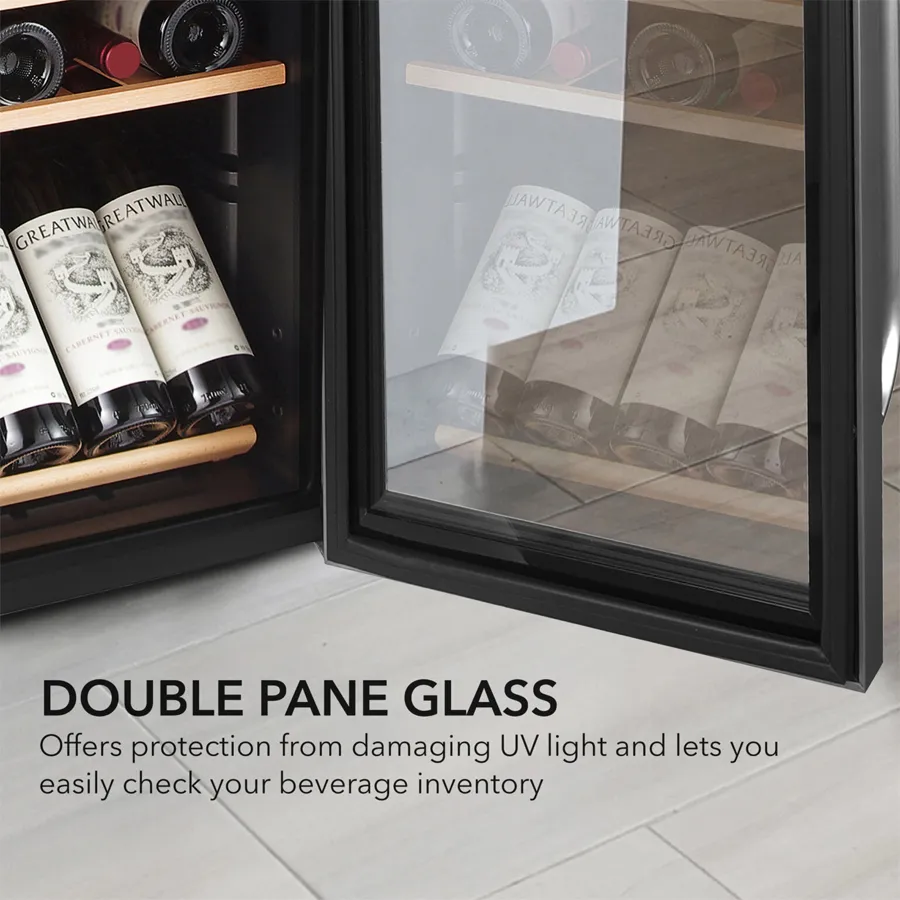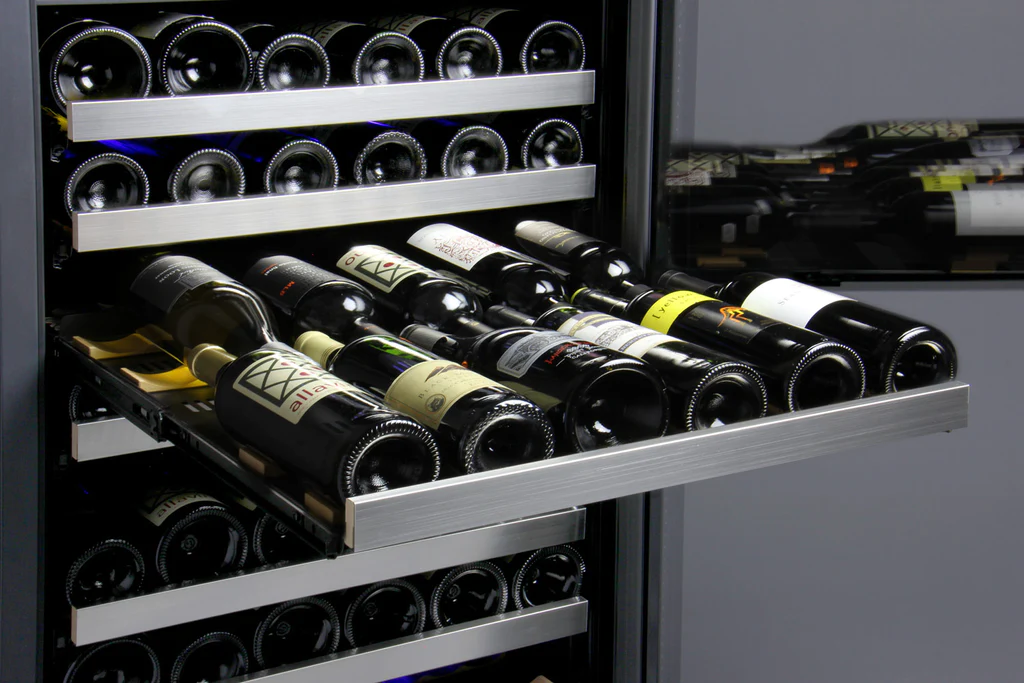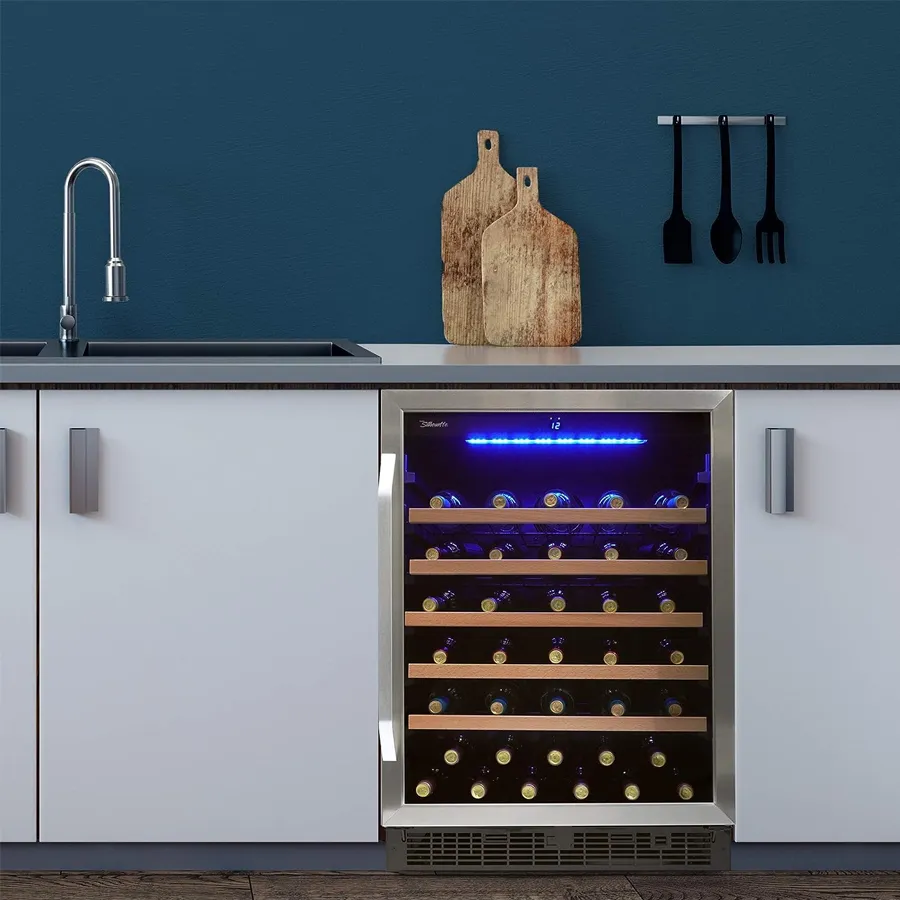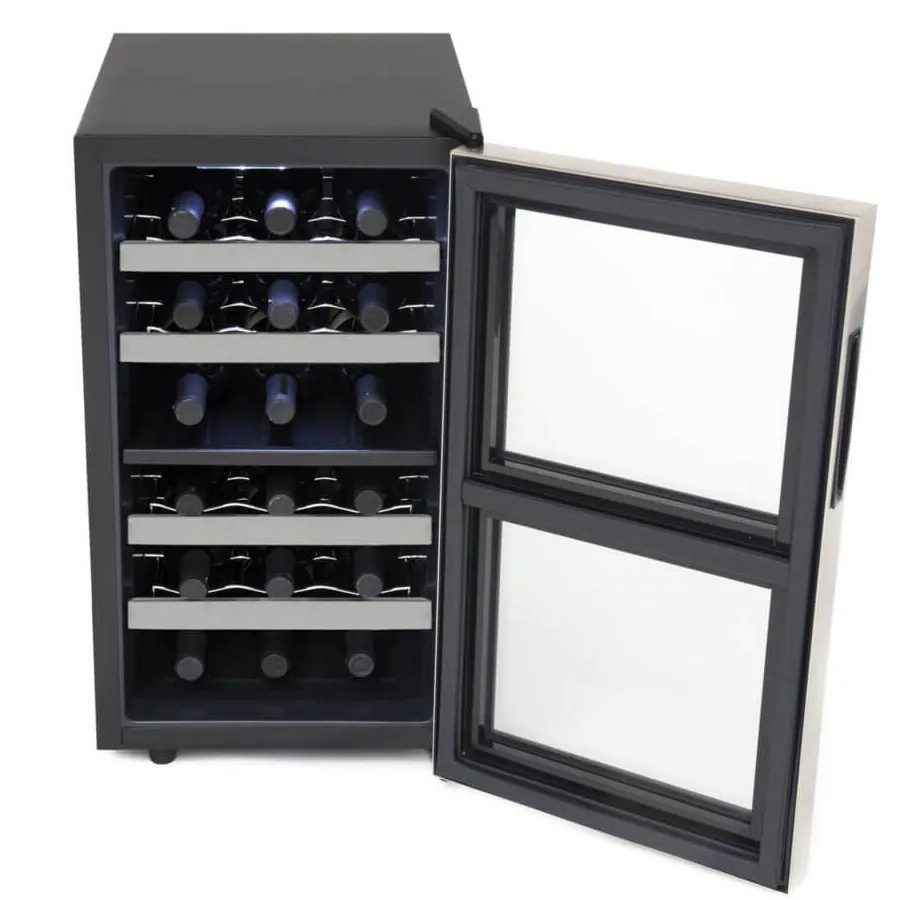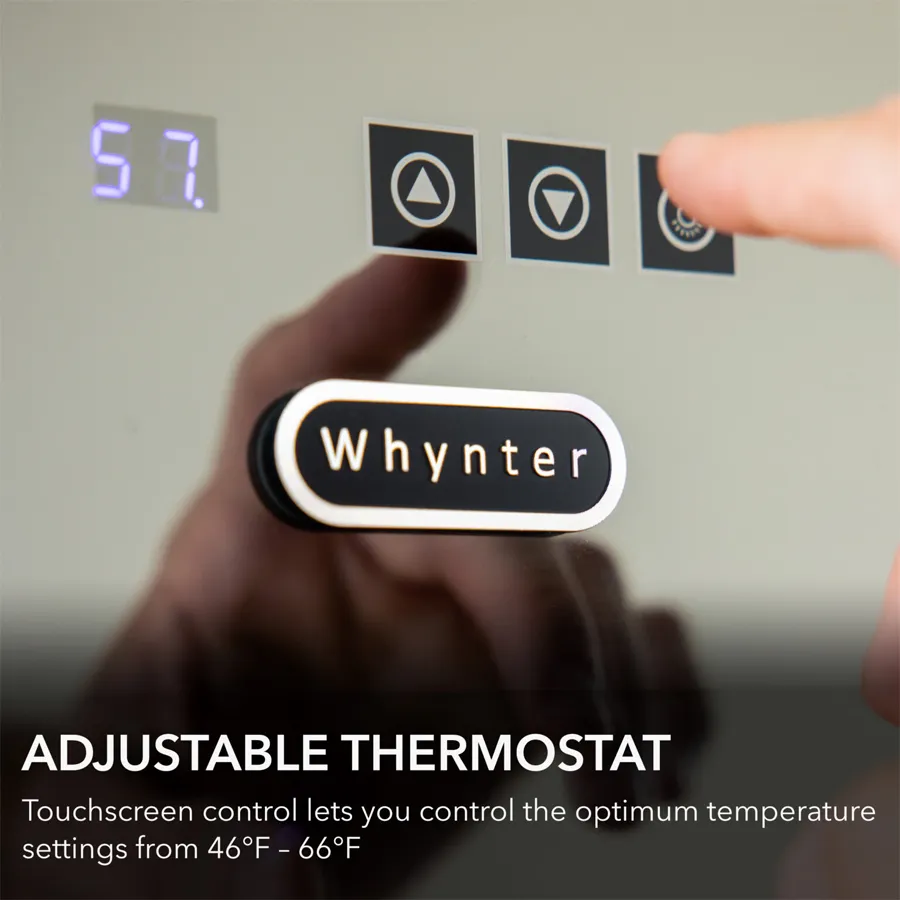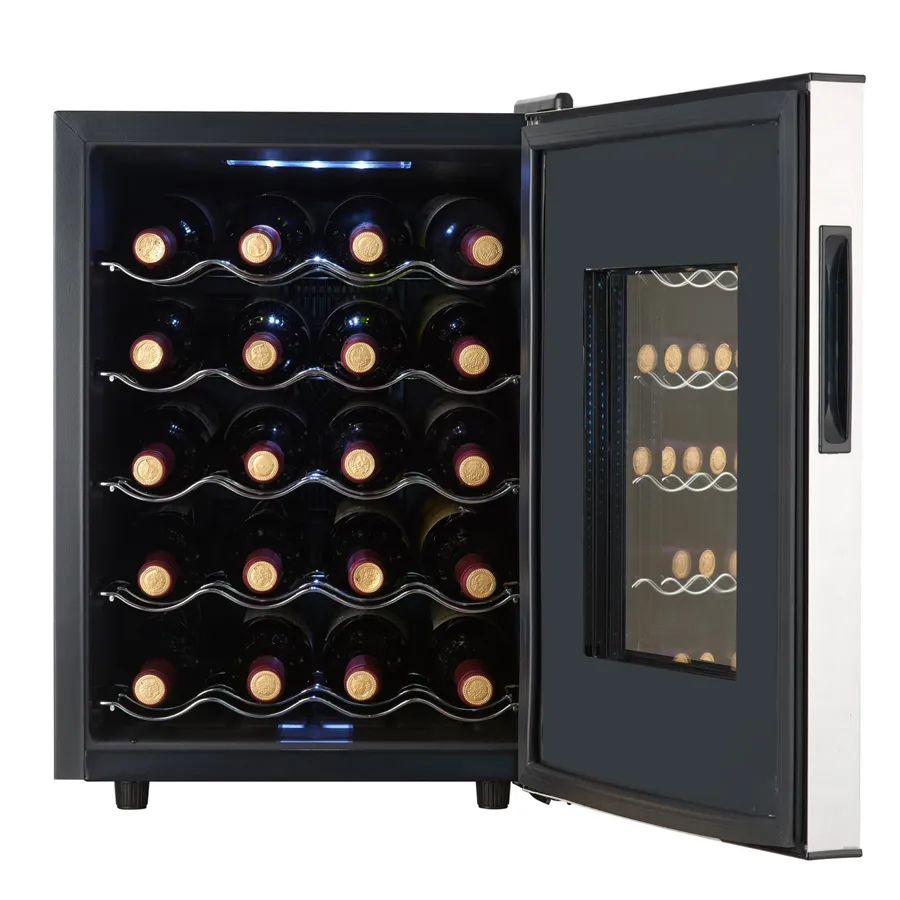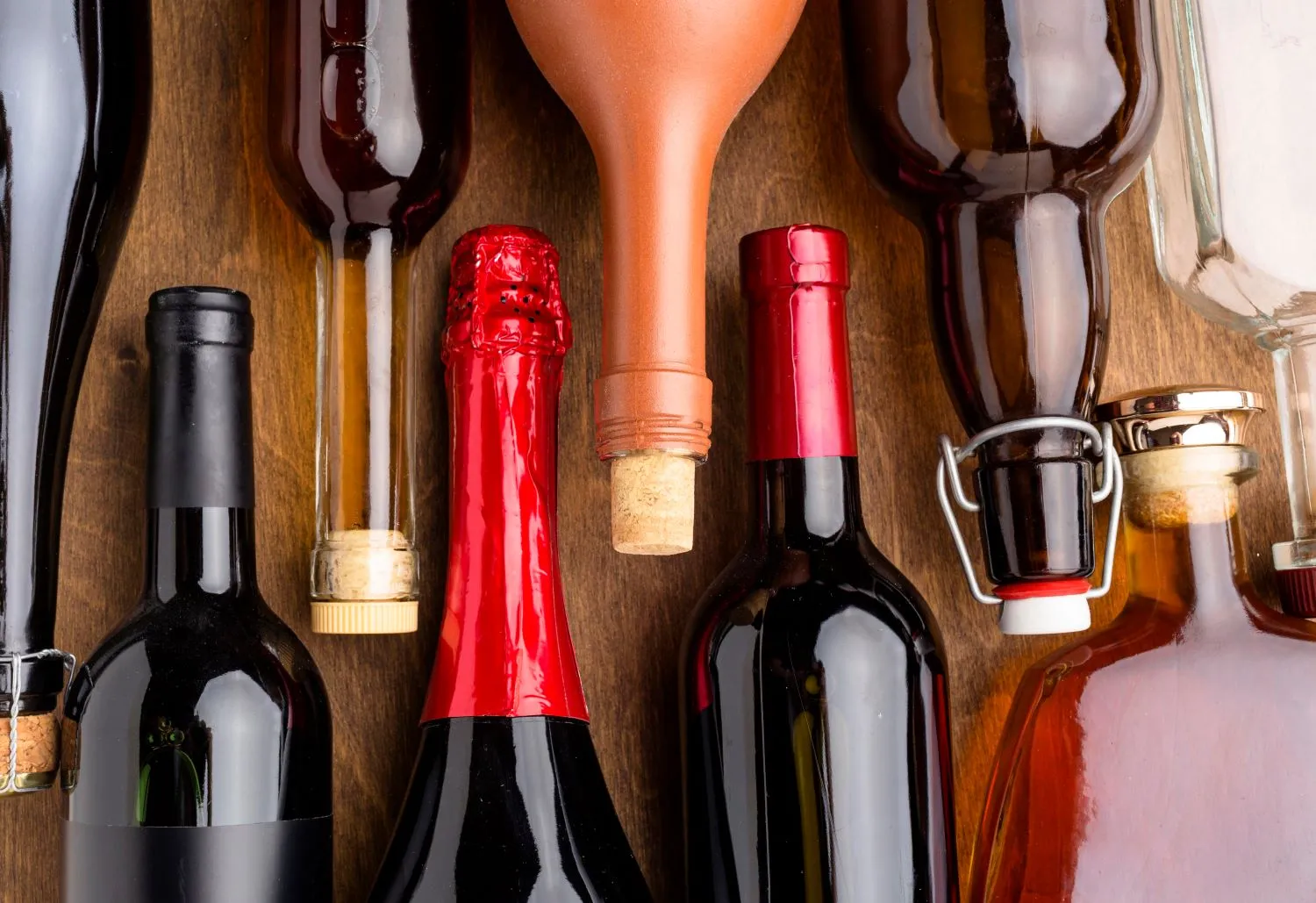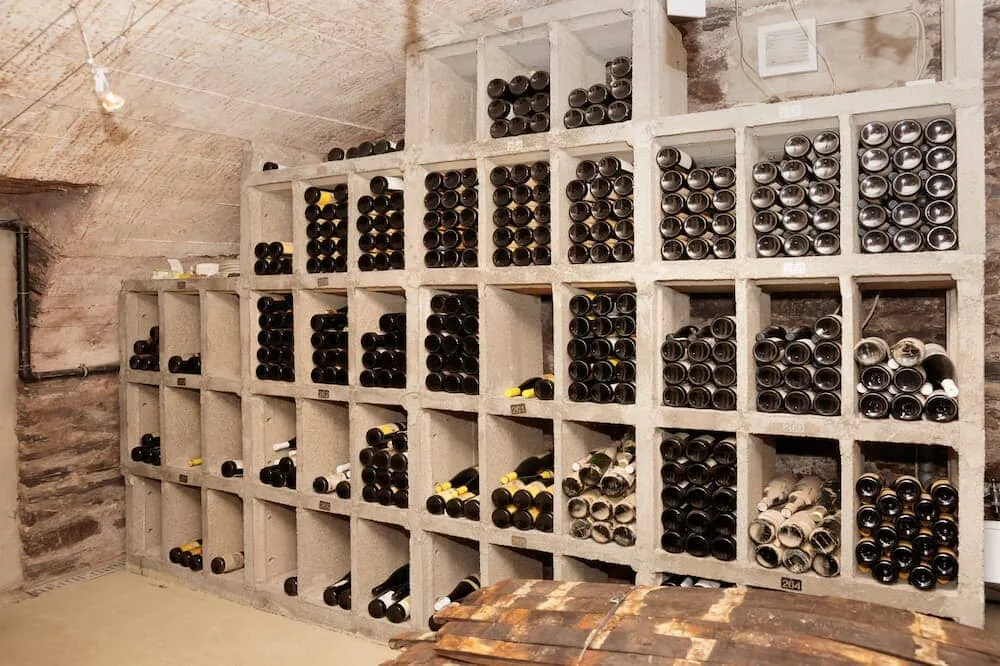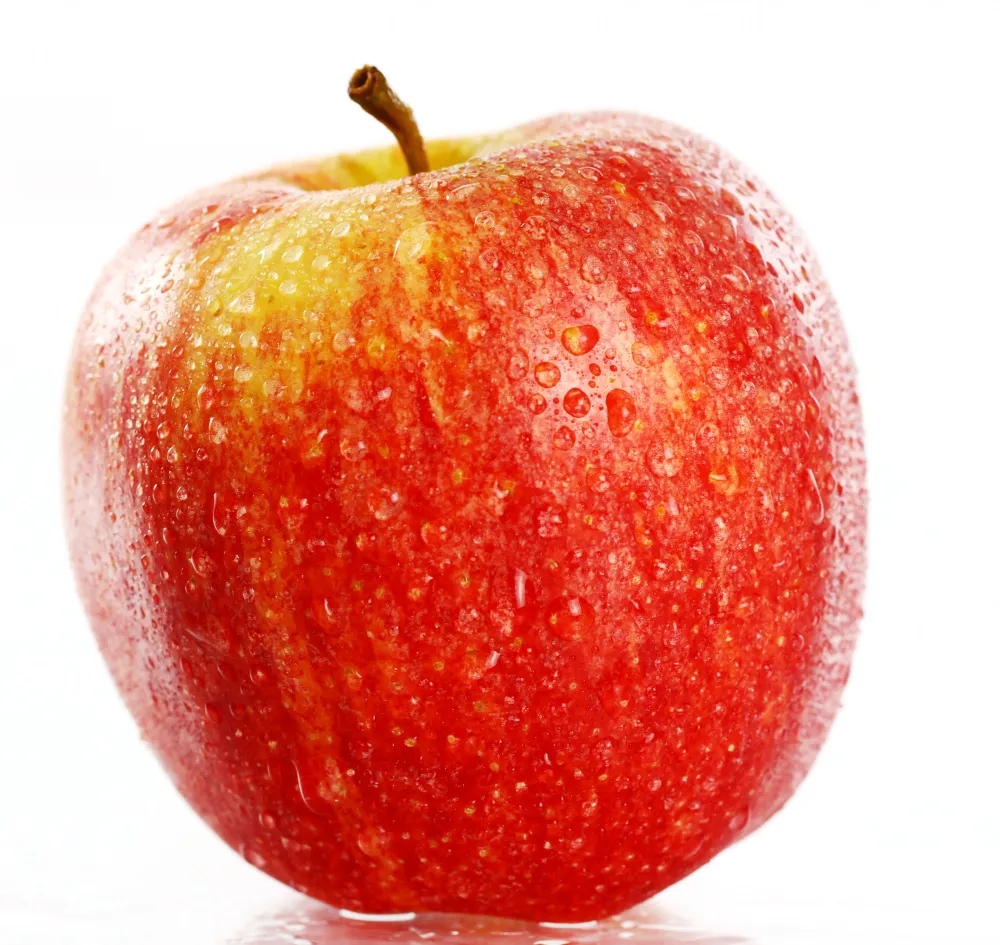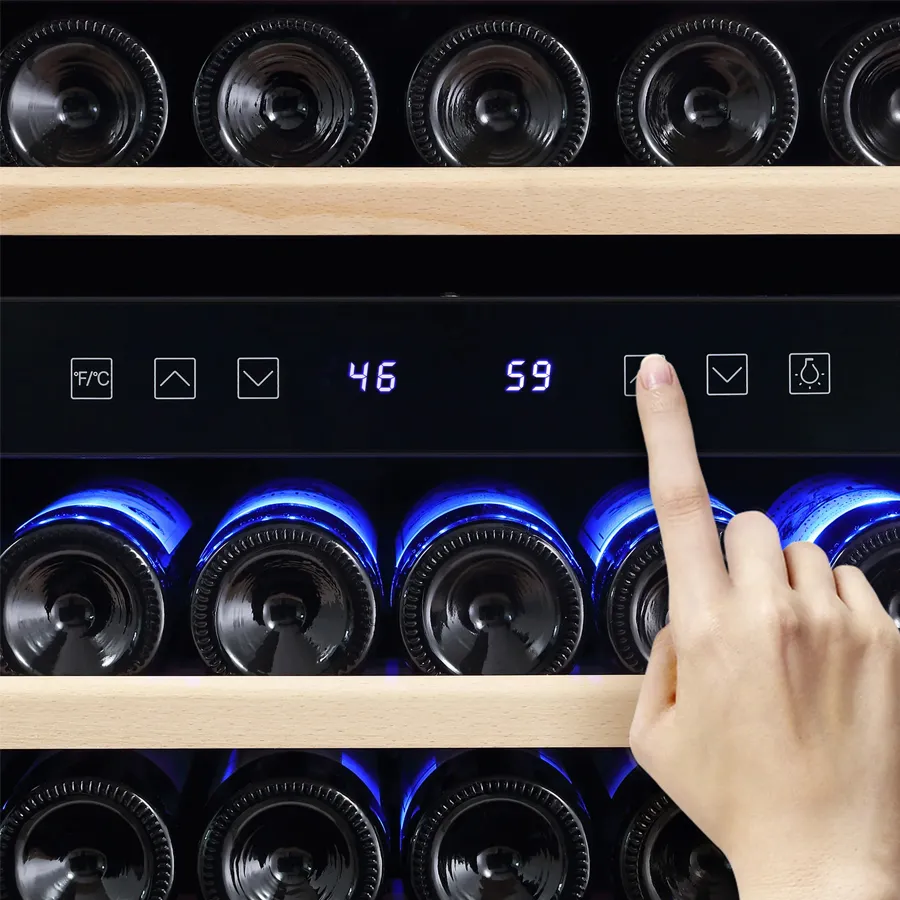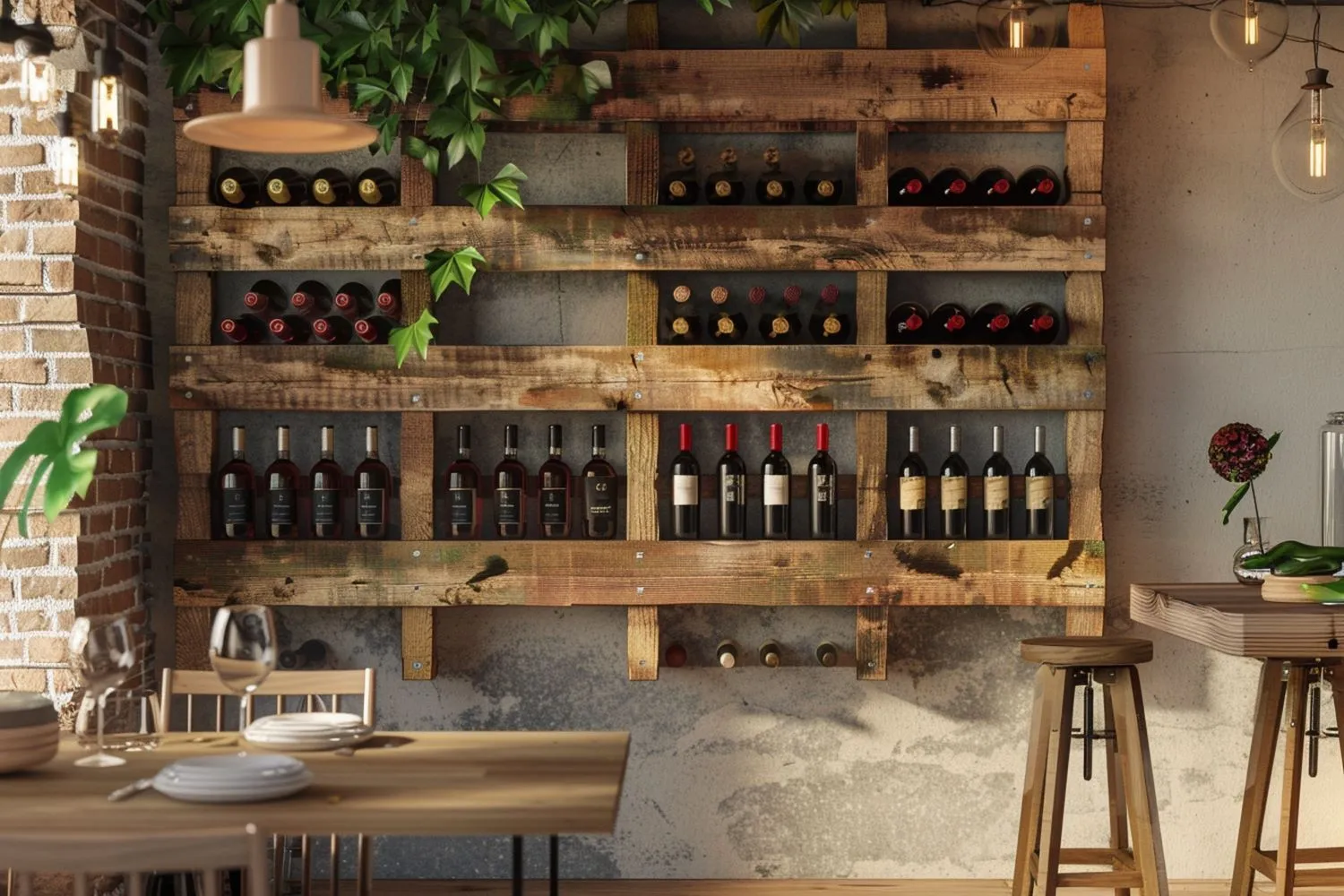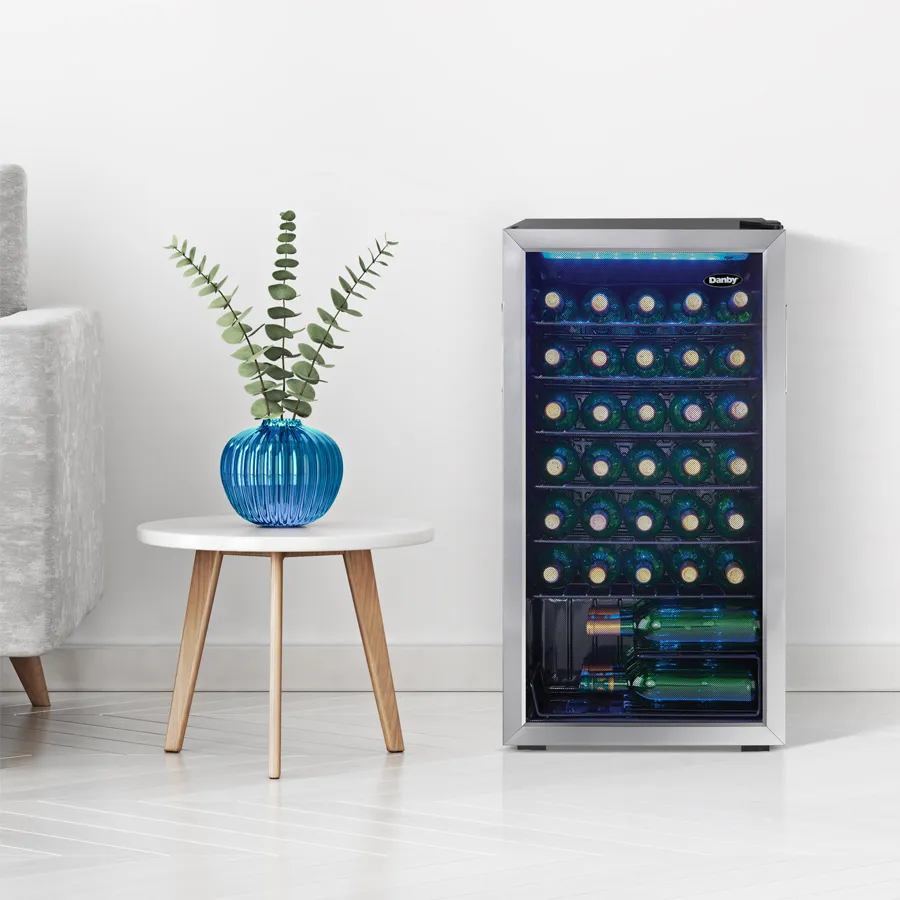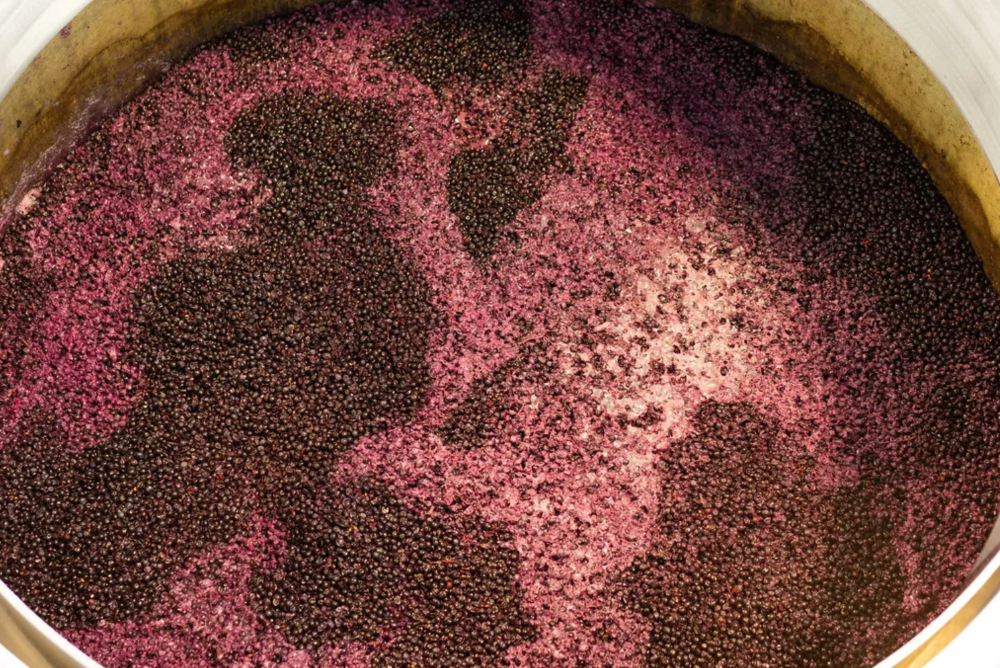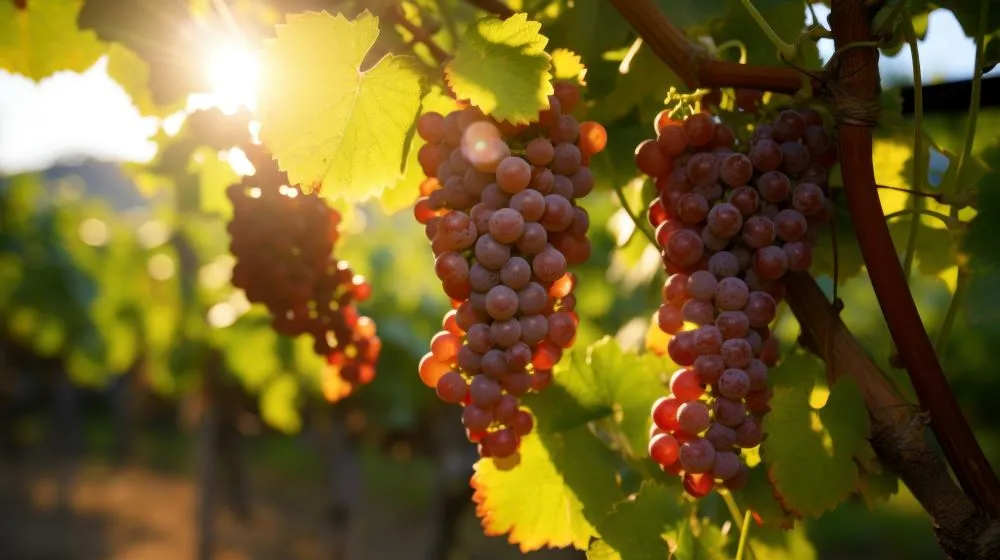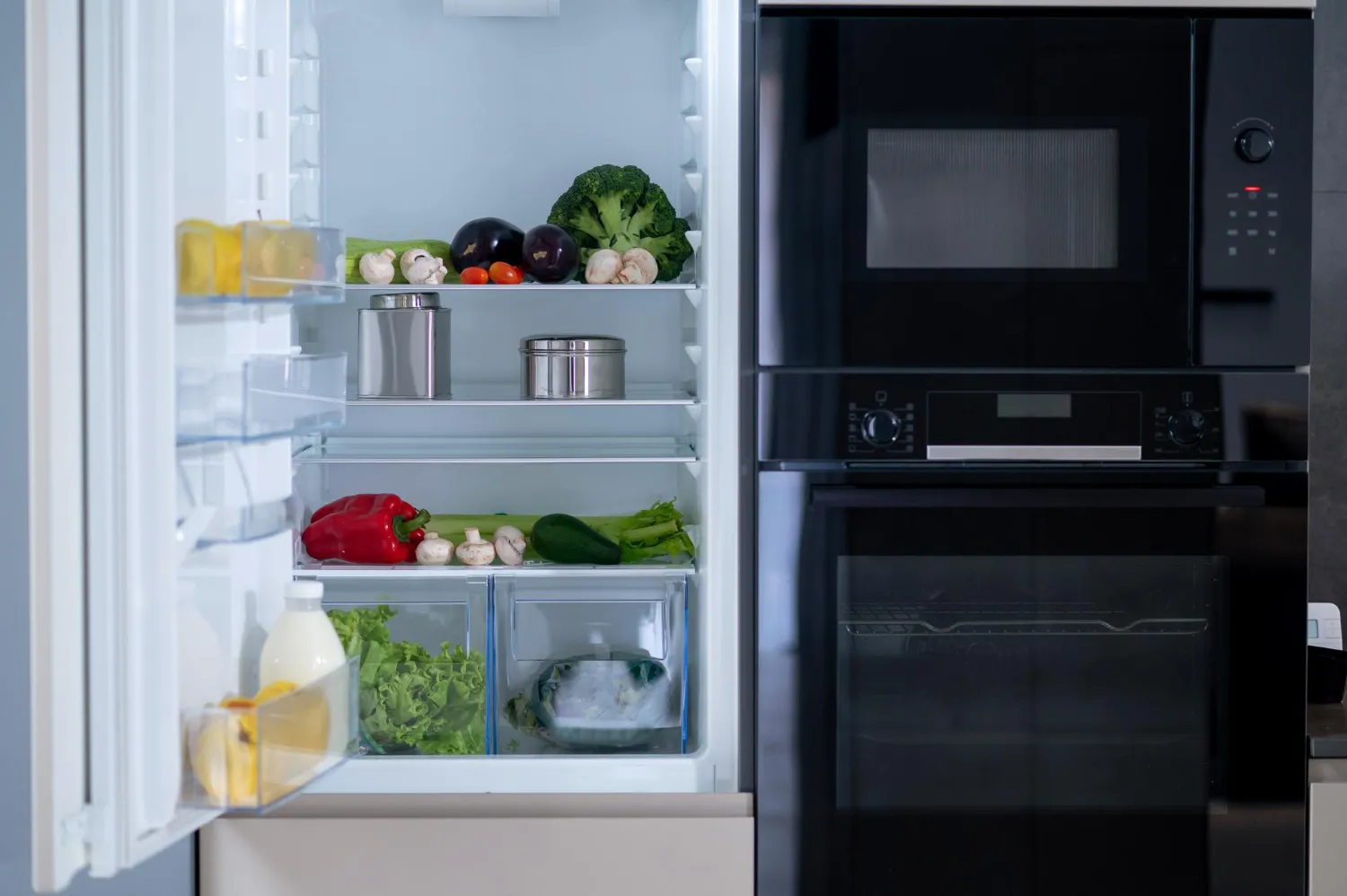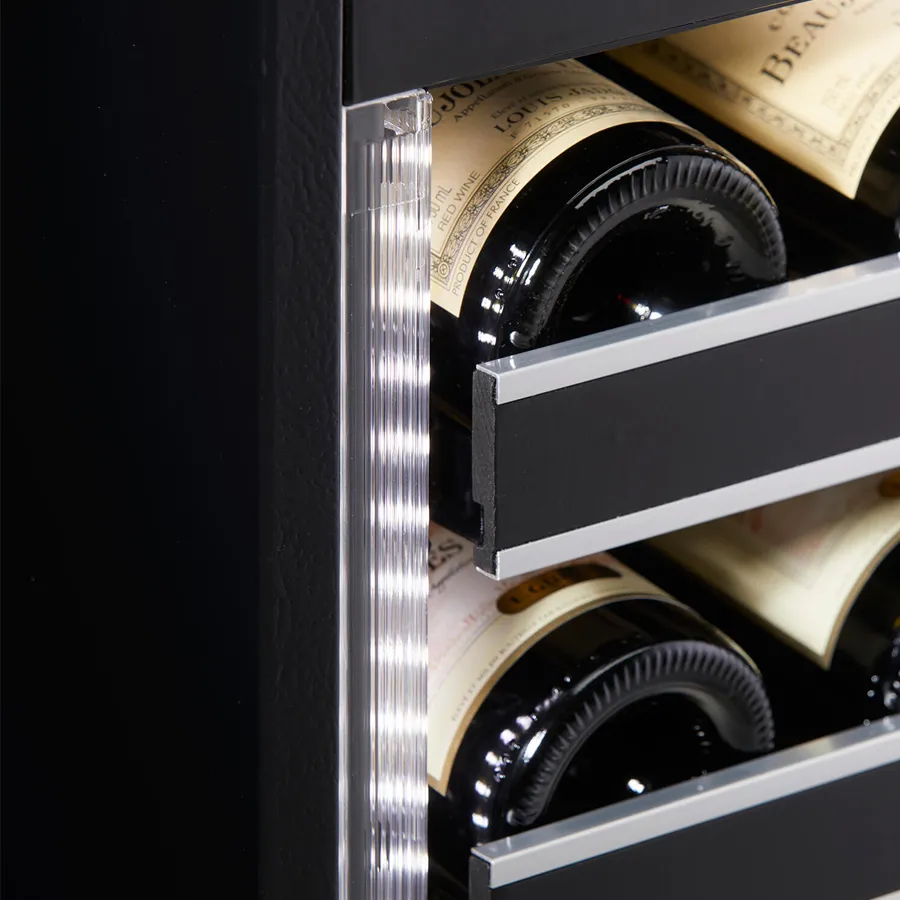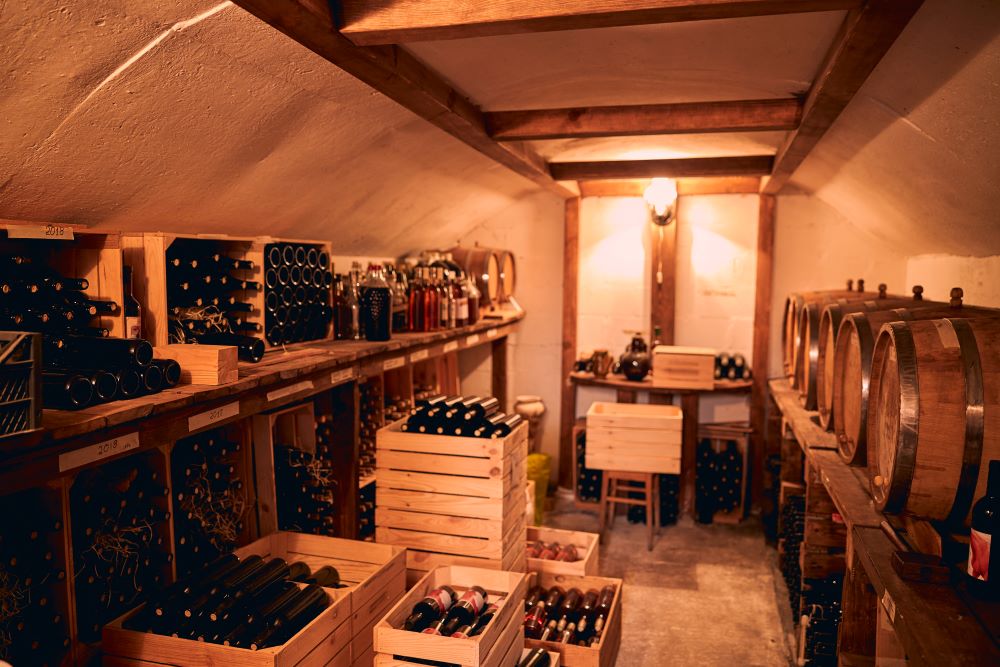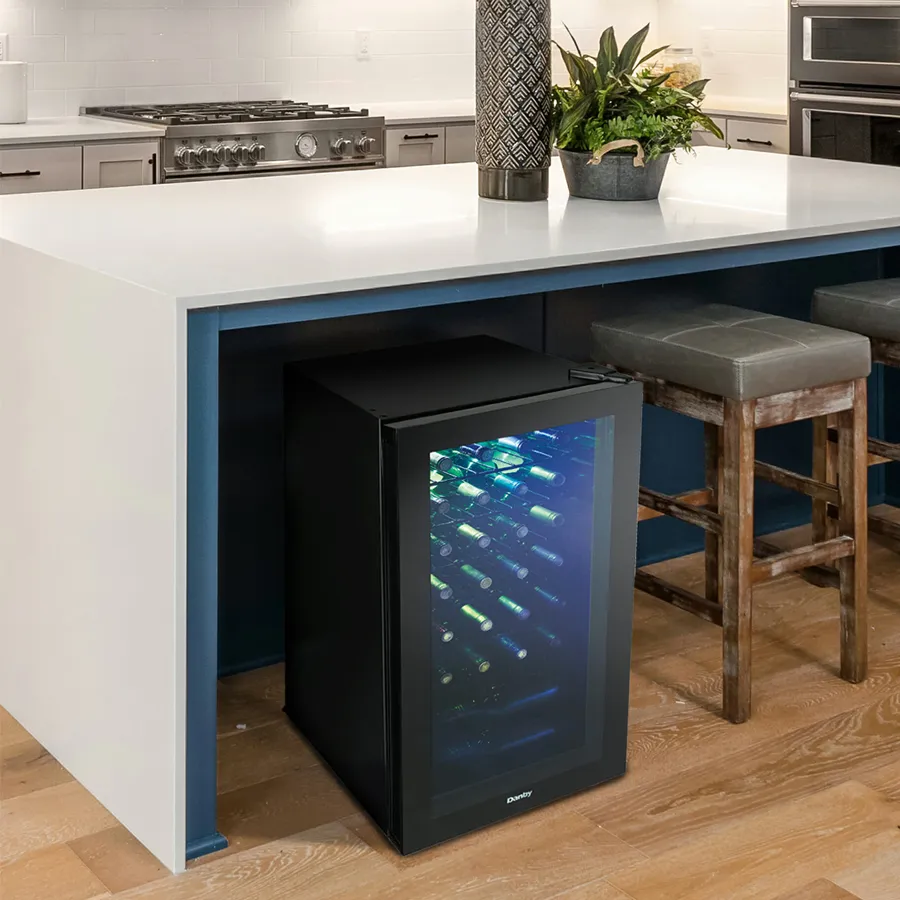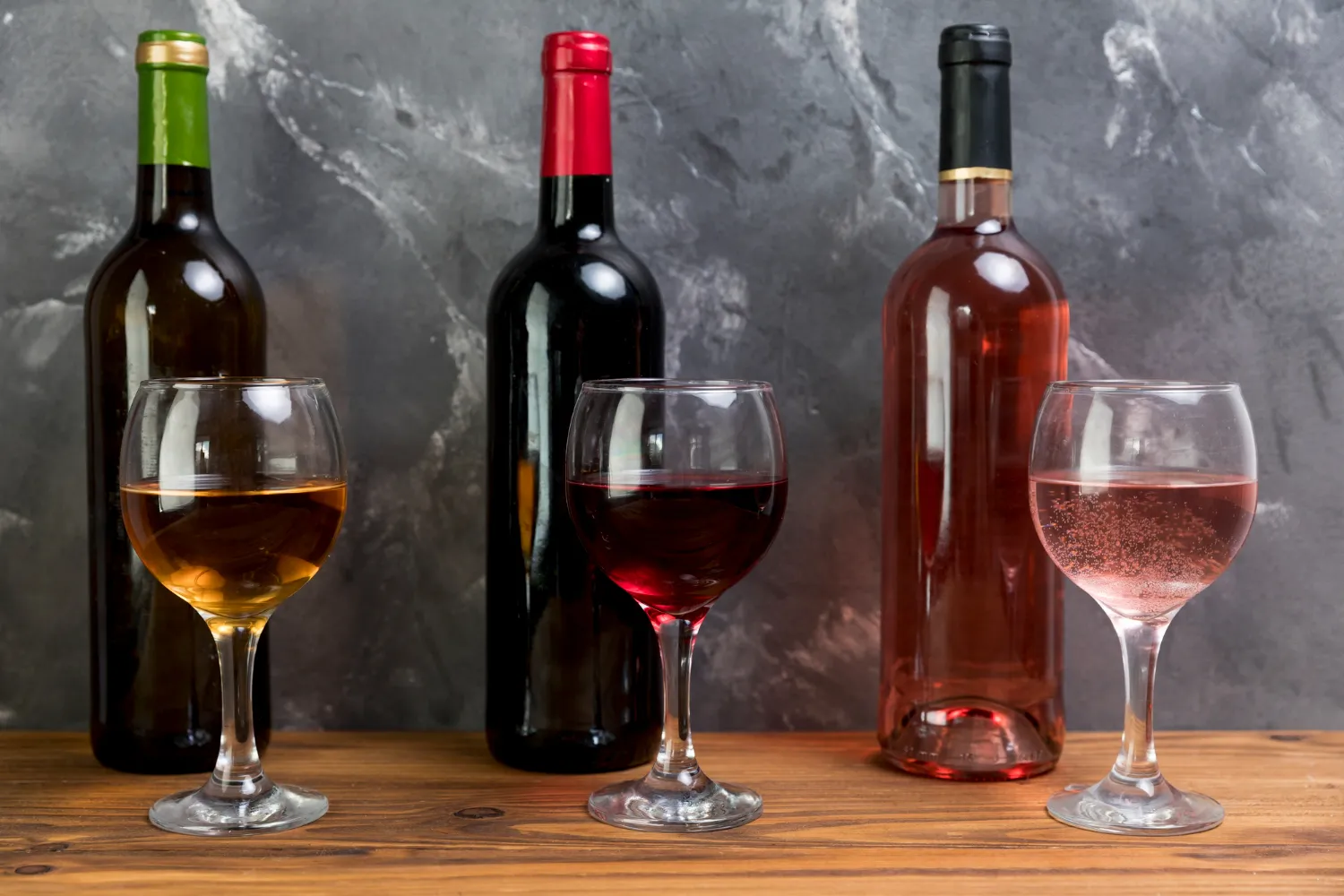Ensuring optimal storage conditions for your wine collection is crucial to maintaining the quality and flavor of your bottles. Firstly, it is important to keep your wine in a darker space, as exposure to light can cause the wine to spoil and develop off-flavors. Additionally, storing your wine bottles horizontally is essential to keep the cork moist and prevent it from drying out, which could lead to oxidization. Furthermore, maintaining a consistent temperature between 45-65°F (7-18°C) is crucial to prevent the wine from aging too quickly or developing unpleasant aromas and flavors. By following these guidelines, you can ensure that your wine collection remains in prime condition for years to come.
Main Factors When You Store Your Wine
Light exposure and wine preservation
Avoid exposing your wine collection to light, particularly direct sunshine, if you want to keep it for the long haul. For optimal temperature regulation, store your wine in a dark, out-of-the-way place, away from direct sunlight. A wine fridge that gets plenty of sunshine is a great investment if you’re in the market for one. Light exposure can significantly affect the taste, aroma, and overall quality of your wine, making it crucial to store your bottles in a dark environment.
A “lightstruck” or “skunky” flavor could emerge in wine as a consequence of the breakdown of chemicals caused by light, particularly fluorescent light and sunshine. This happens when light’s ultraviolet rays interact with the amino acids in wine, resulting in off-putting smells and odors. Light also speeds up the maturing process, which in turn reduces the wine’s complexity and balance. The ideal environment for storing wine is one that is dark and cool. Whether it’s from the sun or an artificial light, keep your wine out of direct light. Put up drapes or UV-resistant film over any windows in your wine cellar to keep the light out. To further ensure the best conditions for wine preservation, it is essential to install LED lighting in the cellar or storage area. This is because LEDs produce very little heat and ultraviolet radiation.
Horizontal storage for longevity
Winebeer coolers suggest laying bottles on their sides to avoid drying out the cork and accelerating the aging process. Oxygen can seep into a bottle through a dried-out cork, and too much oxygen is bad for wine maturation. Most wine refrigerators should only have room for bottles to be stored horizontally. Unlike other beverages, wine bottles should be stored on their sides. This is because when wine is in contact with the cork, it prevents the cork from drying out and shrinking, which ultimately keeps the wine sealed and prevents oxidation. The aging process is significantly slowed down when the bottle is stored correctly in a horizontal position, which is crucial for preserving the wine’s flavor and aroma.
Storing wine horizontally offers several advantages. Firstly, it keeps the cork moist, which prevents air from leaking into the bottle. This is crucial in preventing oxidation, which can ruin the taste and quality of the wine. Secondly, it allows any sediment in the wine to settle at the bottom of the bottle, which makes it easier to decant the wine before serving, ensuring a clear and smooth pour. Lastly, by storing the bottles on their sides, it enables you to maximize the space in your wine cellar or storage area, allowing you to store a larger collection.
Your wine collection’s quality and lifespan are in jeopardy if the bottles aren’t oriented correctly. The cork can dry out if you store wine bottles upright, which could cause air leaks and oxidation. Because of this, the wine may develop an undesirable smell and taste. If you keep your bottles upright, sediment will have a harder time settling to the bottom, which makes for less pleasant sipping. If you want your wine collection to last as long as possible and prevent these problems, you must store it horizontally.
Temperature Control in Wine Storage
The storage temperature of your wine collection has a significant impact on its flavor and aging process. You should know what the optimal temperature range is and how to keep your storage space at a constant temperature. Temperatures between 45 and 65 degrees Fahrenheit (7 and 18 degrees Celsius) are optimum for wine storage. Over 70 degrees Fahrenheit (21 degrees Celsius), wine begins to age too quickly and lose its taste. Conversely, if the temperature is too low, below 40°F (4°C), it can impact the growth of the wine and delay its age. It is essential to keep your wine within the specified temperature range so it ages gracefully and keeps its flavor profile.
To maintain consistent temperatures in your wine storage area, it’s essential to invest in a reliable cooling system. Implementing a wine cellar cooling unit or a dedicated wine refrigerator can help regulate the temperature and humidity levels. Additionally, consider insulating your wine storage space and minimizing temperature fluctuations caused by external factors. Consistent temperatures will prevent your wine from spoilage and ensure it matures as intended.
Additional Considerations for Wine Collectors
After addressing the primary factors of storing your wine collection, there are a few additional considerations to keep in mind as a wine collector. These factors, while not as critical as temperature, light, and storage position, can still impact the quality of your wine over time.
Humidity and Wine Storage
Humidity levels in your wine storage area are an important but often overlooked factor. Low humidity levels can dry out corks, leading to oxidation and potential wine spoilage. On the other hand, excessive humidity can promote mold growth, which can damage wine labels and impact the overall presentation of your collection. Aim for a moderate humidity level of around 70% to 80% to keep your corks in good condition without risking mold growth.
Vibration and Wine’s Maturation Process
Another factor to consider is the impact of vibration on your wine’s maturation process. Excessive vibrations can disturb the sediments in wine, affecting its aging process and potentially leading to off-flavors. If possible, store your wine collection in an area with minimal vibration, away from major appliances or machinery that could disturb the wine over time.
FAQs About Wine Storage
Why is it important to store wine in a dark space?
Storing wine in a dark space is crucial because light, especially UV light, can trigger chemical reactions in the wine that result in unpleasant aromas and flavors. UV light exposure can break down compounds in the wine, causing premature aging. By keeping wine in a dark environment, its quality and taste are preserved.
Is it necessary to store wine bottles horizontally?
Yes, it is necessary to store wine bottles horizontally. This position ensures that the cork remains in contact with the wine, keeping it moist and swollen. A moist cork prevents air from entering the bottle, which could otherwise spoil the wine. Storing bottles on their sides is especially important for wines sealed with natural corks.
What is the ideal temperature for storing wine?
The ideal temperature for storing wine falls between 45-65°F (7-18°C). Consistent, cool temperatures are essential to prevent the wine from expanding and contracting due to temperature fluctuations, which can lead to seepage or oxidation. This temperature range supports the graceful aging of the wine and the development of complex flavors.
What are the consequences of improper wine storage?
Improper wine storage can result in various issues, including premature aging, off flavors, and potential spoilage. Exposure to light, temperature fluctuations, and dry corks can all negatively impact the quality of wine. To ensure proper maturation and maintain wine integrity, it’s essential to store wine in a cool, dark, and humidity-controlled environment.

